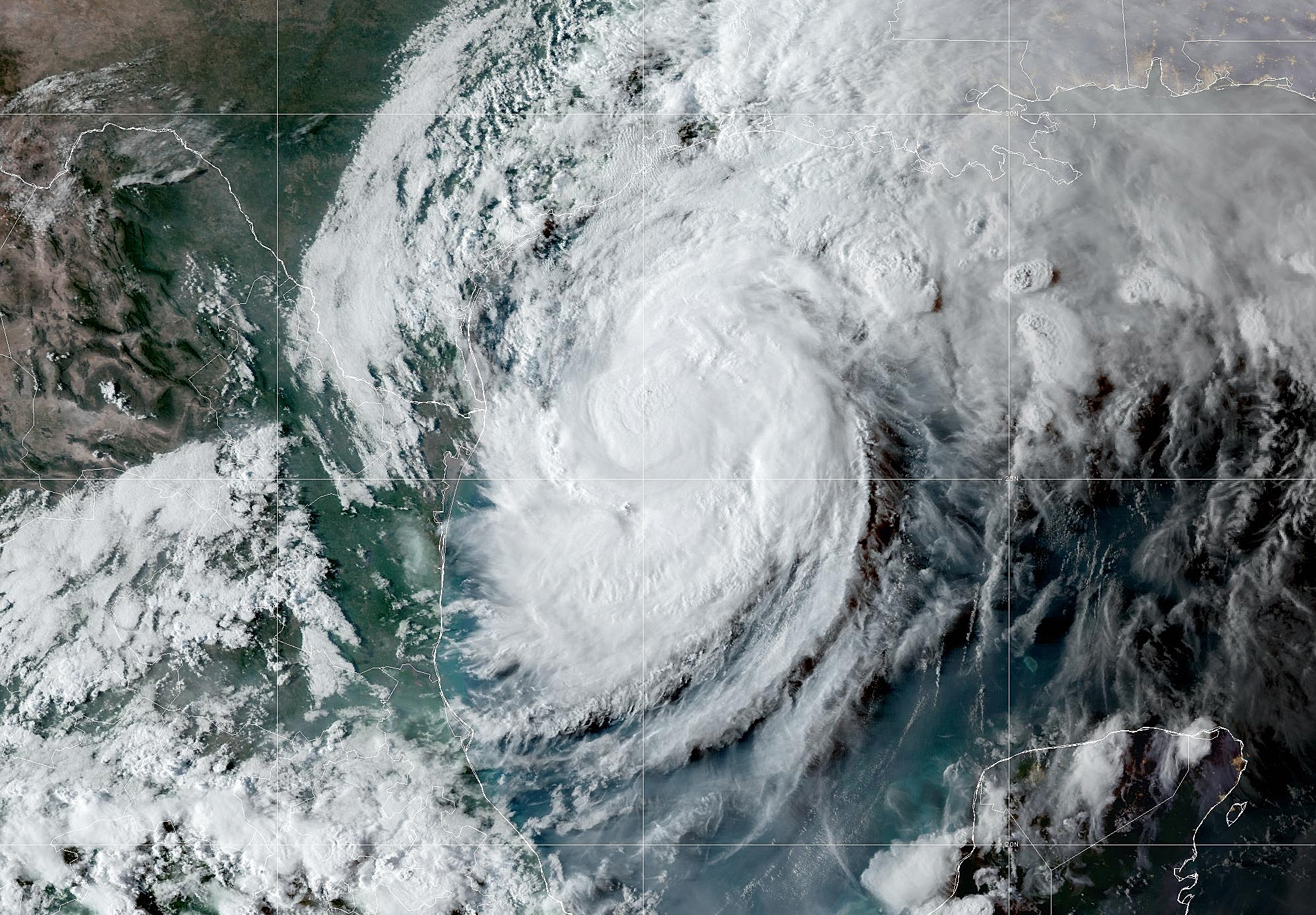
Featured NewsApril 18th, 2025 NOAA's GOES-19 satellite now live!NOAA’s GOES-19 satellite now operational, providing critical new data to forecasters NOAA’s GOES-19 satellite, the last satellite in the GOES-R Series, began official operations as GOES-East on April 7, 2025. This milestone follows its June 25, 2024 launch and subsequent testing of its instruments, systems, and data. This is an historic moment for the GOES program, coinciding with its 50th anniversary in 2025. Since the first GOES satellite in 1975, NOAA and NASA have partnered to advance NOAA’s satellite observations from geostationary orbit. The GOES-19 image stream is now published by the STAR GOES Imagery site as successor to GOES-16. • See NOAA’s GOES-19 complete story Image credits: STAR GOES Imagery site 
March 25, 2025 STAR's Christopher Slocum Wins an 8th NOAA David Johnson AwardSTAR's winning history spans 27 years STAR congratulates Christopher Slocum for his 2025 NOAA David Johnson Award. Chris is the 8th STAR Johnson Award winner in the award's 27 year history. Past STAR winners also include:

February 18, 2025 Targeting Winter Weather Hazards with New Satellite Data ProductsTwo new products developed by STAR's Bill Line help NWS forecasters Blowing snow and freezing sea spray can now both be monitored by NWS forecasters, addressing two different significant winter weather hazards. Blowing snow creates dangerous driving conditions completely distinct from ongoing snowfall; freezing sea spray can capsize or sink ocean vessels. STAR's Bill Line worked to develop these two data products, using VIIRS data for the sea spray product and GOES imager data to observe blowing snow. photo credits: NWS Des Moines, left, and NOAA Office of Marine and Aircraft Operations, right ![image on left: Blizzard conditions in rural Iowa [Credit: NWS Des Moines/Mahaska County EMA]; image on right: Ice accumulated on NOAA Ship OSCAR DYSON Photo credits: NOAA Office of Marine and Aircraft Operations image on left: Blizzard conditions in rural Iowa [Credit: NWS Des Moines/Mahaska County EMA]; image on right: Ice accumulated on NOAA Ship OSCAR DYSON Photo credits: NOAA Office of Marine and Aircraft Operations](images/2025/rotatorContent/20250218_blowing_snow_and_freezing_sea_spray_575x400.jpg)
November 4, 2024 NOAA awards $7.6 million for flooding, extreme precipitation preparednessHurricane Helene caused record flooding and damage on September 28, 2024, in Asheville, NC. On October 29, 2024, the Department of Commerce and NOAA announced $7.6 million in funding for cooperative institutes to transform satellite observations into information communities can use to prepare for and recover from floods and heavy precipitation. The awards fund work to create street-level maps of potential flooding and inundation, improve models of how water cycles through the nation’s rivers and streams, and develop a new dataset of hourly-precipitation information to help businesses and communities better understand the effects of extreme rainfall. 
September 12, 2024 GOES Imagery Tracks FrancineSTAR GOES site is a key storm monitoring resource On September 8, the NOAA National Hurricane Center (NHC) identified a large low pressure disturbance over the Gulf of Mexico. Now, as named storm Francine, the hurricane dumped heavy rainfall and produced dangerous winds on Louisiana and Mississippi coasts. The STAR GOES imagery site produces images that follow the storm position data from the NHC. GOES storm pages are then referenced by both the NHC and by NOAA's Hurricane Francine pages. The GOES Imagery site does this for every NHC-tracked tropical storm in the Atlantic and eastern Pacific regions. 
  hover over animation to pause
STAR in the News
Tracking Francine’s Latest PathSeptember 12, 2024 - Bloomberg News reports: Francine is the third named storm to hit the mainland US this year. The 2024 Atlantic hurricane season got off to a quick start, but had stalled in recent weeks before Francine. It has now produced six storms, four of which became hurricanes. STAR's GOES-East geocolor image of the storm is featured. Read more in the Bloomberg News story. 
AI and satellite imaging doing early wildfire detection in ColoradoJuly 30, 2024 - This week the Denver Post reports on a new artificial intelligence program — the Next Generation Fire System — which will help identify wildfires as small as an acre by scanning images taken by weather satellites orbiting about 22,000 miles above the Earth’s surface. NOAA officials say it can process the deluge of data from the satellites — which capture images as frequently as every 30 seconds — and detect heat from fires smaller than a football field. The program then flags potential new fires to a dashboard so humans can check the images and verify the existence of a fire. While humans are great at detecting a new fire from satellite images, they can’t process the firehose of data as quickly and easily as the AI program, said STAR's Mike Pavolonis, NOAA Satellites’ Wildland Fire Program manager. Read more in the Denver Post story. |